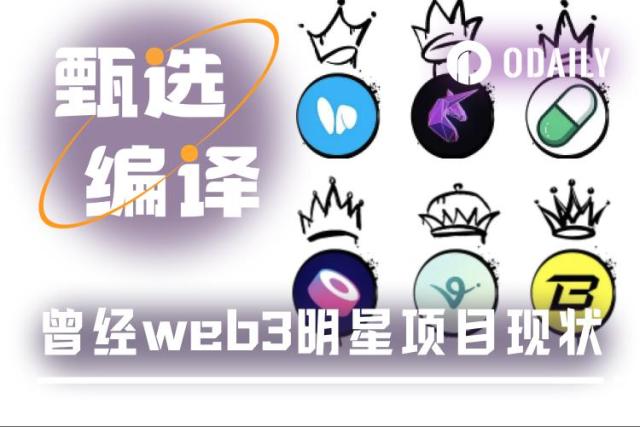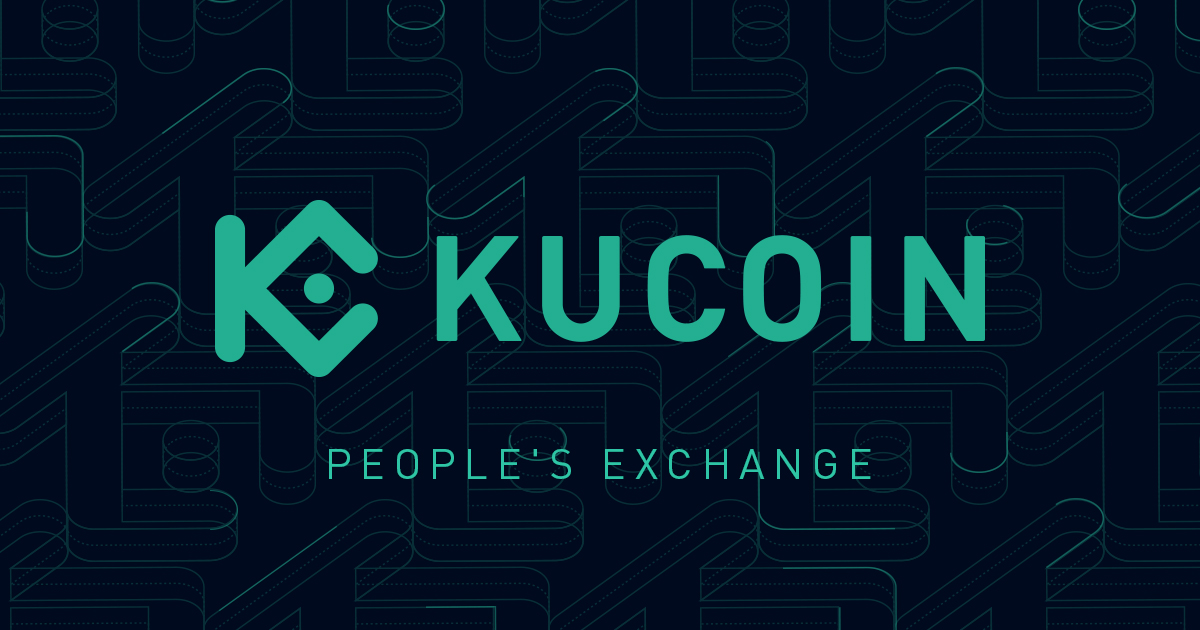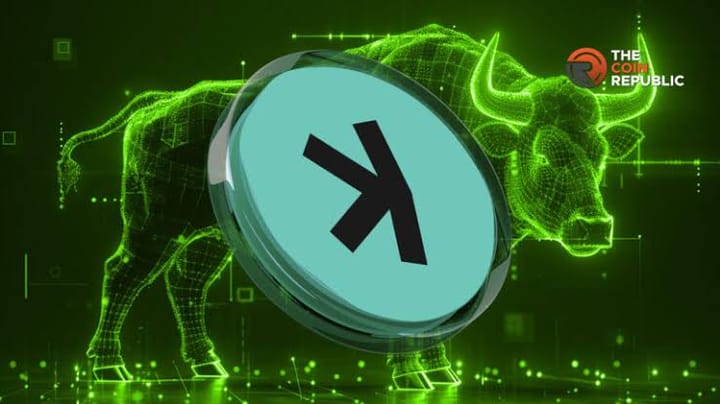The Role of Pump.Fun in the Web3 Ecosystem: Advantages, Challenges, and Emerging Trends

Introduction
Pump.Fun, a decentralized platform built on the Solana blockchain, has rapidly gained prominence within the Web3 ecosystem by democratizing the creation and trading of memecoins. By significantly lowering technical and financial barriers to entry, Pump.Fun offers a frictionless and accessible environment for users to mint, launch, and exchange tokens. Initially a viral hub for memecoins, the platform has evolved into a broader fair launch mechanism, capturing the experimental ethos of Web3 while raising critical questions about sustainability, quality, and long-term utility.
This article explores Pump.Fun’s role in the decentralized economy, its key strengths and weaknesses, recent innovations, and what its trajectory reveals about the broader state of Web3.
Pump.Fun's Role in the Web3 Landscape
At its core, Pump.Fun serves as a decentralized launchpad primarily designed for community-driven tokens. It simplifies token creation by using an automated bonding curve model, where the token price dynamically adjusts based on supply and demand. This approach allows any user with a Solana-compatible wallet to mint and launch a token within minutes—without coding skills, large budgets, or centralized intermediaries.
Pump.Fun aligns closely with Web3 values: decentralization, financial inclusivity, and creator empowerment. It bypasses gatekeepers like venture capitalists and centralized exchanges, enabling creators to launch tokens that reflect personal, cultural, or experimental value—rather than institutional utility or technical rigor. This has led some analysts to compare Pump.Fun to the ICO boom of 2018, albeit with a more gamified, social layer and lower stakes.
At its peak in late 2024, the platform supported millions of token creations and saw over 150,000 new wallets engage with its ecosystem. Even as the initial hype has faded, Pump.Fun still facilitates around 50,000 to 60,000 new coins daily, a testament to its staying power and cultural resonance.
Advantages of Pump.Fun
1. Radical Accessibility
Since August 2024, token creation on Pump.Fun has been entirely free. In fact, users receive 0.5 SOL (~$80) upon completing a bonding curve cycle, making it both cost-free and potentially profitable to create tokens. This model removes entry barriers for users without technical expertise or capital.
With only a Solana wallet (e.g., Phantom or Solflare) and a nominal deployment fee (~0.02 SOL), users can launch a token in minutes.
2. Frictionless and Dynamic Trading
Pump.Fun uses a bonding curve to dynamically price tokens based on demand, eliminating the need for traditional order books. Its recent launch of PumpSwap, a native decentralized exchange (DEX), enables seamless migration of tokens from bonding curves to liquid trading pairs without the former 6 SOL fee. This significantly boosts usability and liquidity.
3. Incentivized Community Ecosystem
Pump.Fun fosters user engagement through social features like real-time price charts, comment threads, and creator profiles. The platform also plans to share protocol revenue with token creators, encouraging more thoughtful and higher-quality launches. This model incentivizes sustained community engagement and potentially mitigates spam tokens.
4. Cultural and Experimental Impact
Tokens on Pump.Fun often reflect memes, moments, or cultural in-jokes—challenging traditional notions of value. In this sense, the platform functions as a live experiment in subjective valuation and decentralized identity, inviting users to explore tokenomics, community-building, and viral momentum in a low-risk environment.
5. Scalability via Solana
Solana’s high throughput and low fees make Pump.Fun extremely scalable. Unlike Ethereum-based platforms that often suffer from congestion and high gas costs, Pump.Fun benefits from Solana's speed and affordability, making mass participation feasible.
Disadvantages and Challenges
1. Oversaturation of Low-Quality Tokens
Roughly 99% of tokens created on Pump.Fun are considered non-serious or speculative, with little to no utility. While this reflects the open-access nature of the platform, it also results in signal-to-noise issues, making it difficult for quality projects to gain visibility.
This low bar has also invited scams and pump-and-dump schemes, undermining trust.
2. Supply Concentration and Sniper Bots
Pump.Fun's bonding curve model is susceptible to manipulation. Early participants—or bots—can accumulate large supplies cheaply, leading to unfair token distribution and market manipulation. This undermines the platform’s claim to fairness and deters long-term participants.
3. Narrative Fatigue
Since its meteoric rise in 2024, Pump.Fun’s cultural momentum has slowed. As newer Web3 platforms like FriendTech or Unibot capture attention, Pump.Fun risks being seen as a fad unless it continues to evolve meaningfully.
4. Regulatory and Ethical Risks
The platform’s permissionless nature makes it a haven for unvetted tokens, some of which may be outright fraudulent. While decentralization is core to Web3, the lack of oversight raises serious concerns around cybercrime, rug pulls, and user protection.
5. UX and Discoverability Limitations
With tens of thousands of tokens created daily, the user interface can become overwhelming. Navigating through meaningless or abandoned tokens to find viable projects is challenging, especially for newcomers. This hampers long-term retention and utility.
Recent Developments
Pump.Fun has introduced several initiatives to remain relevant and address its key weaknesses:
- PumpSwap Launch (March 2025): Introduced a native DEX to facilitate fee-free migrations and improve liquidity within the ecosystem.
- Revenue Sharing (2025): Upcoming plans to distribute a share of protocol revenue to token creators aim to align incentives and elevate token quality.
- Free Token Creation (August 2024): Eliminated the $2 minting fee and added a 0.5 SOL reward, drastically increasing user participation.
- Evolving from Memecoins to Fair Launches: Developers are beginning to use Pump.Fun for more serious projects, including those with roadmaps and technical goals, marking a shift toward utility.
- Launchpad Model Improvements: Community feedback has inspired ongoing experiments with bonding curve modifications to reduce sniper bot influence and improve fairness.
Critical Analysis
Pump.Fun exemplifies both the potential and pitfalls of decentralized innovation. Its rapid growth showcases the power of user empowerment, financial accessibility, and cultural experimentation. By drastically lowering the cost and complexity of token launches, Pump.Fun has expanded the reach of Web3 to thousands of new users, many of whom had never interacted with crypto before.
Yet, its success is tempered by significant challenges: quality control, manipulation risks, and the fickle nature of online narratives. Critics argue that platforms like Pump.Fun can trivialize Web3 by prioritizing hype over utility—a critique with merit given the glut of non-functional tokens.
For Pump.Fun to maintain relevance, it must evolve from a novelty-driven memecoin generator to a structured launch platform that balances freedom with quality. Initiatives like PumpSwap and revenue sharing show promise, but the platform’s ability to adapt—both technologically and culturally—will ultimately determine its legacy in the Web3 movement.
Conclusion
Pump.Fun has carved a unique niche in Web3 as a decentralized, user-first launchpad for token creation. Its advantages—low entry barriers, dynamic pricing, and community incentives—have made it a magnet for innovation, speculation, and experimentation. By bridging the gap between memes and markets, it has brought new voices into the decentralized economy and helped redefine how digital value is created and perceived.
However, its limitations—ranging from low-quality tokens to manipulation and waning hype—pose significant threats to its longevity. As Web3 matures, Pump.Fun must continue to evolve, embracing mechanisms that promote fairness, quality, and utility without compromising its core ethos of accessibility.
References














Comments ()